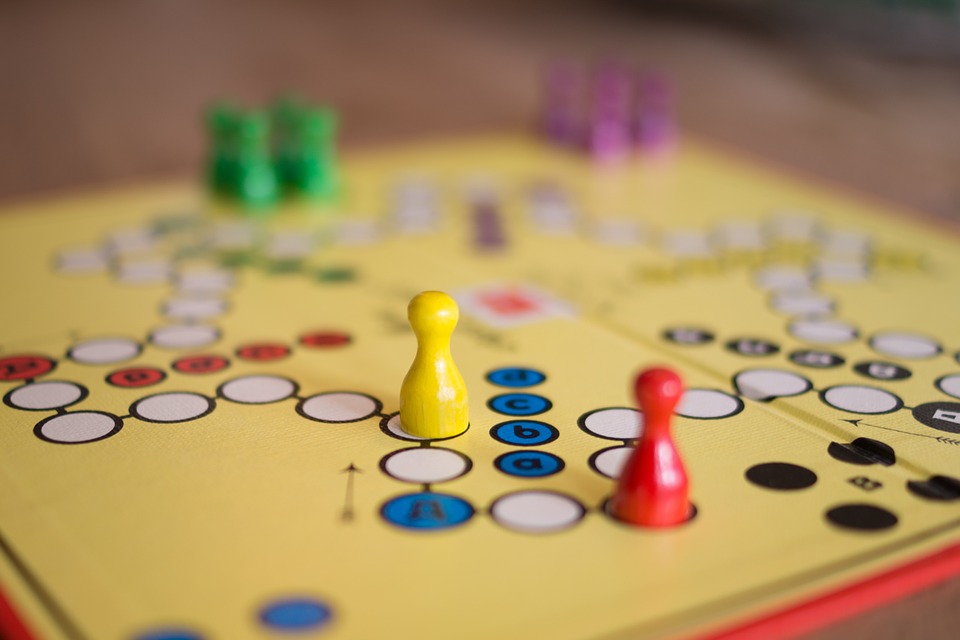For sure, you are asking yourself: “Gaming and Project Management? Did I read well? “Yes, you read very well!
“But how does it work?”. The idea is quite simple: use a game model to create rewards in terms of productivity and goals.
It is simply applying the techniques used in games in non-gaming contexts, in order to increase the involvement in the activities. Those who face work as a game do not feel they are working. They are having fun and therefore this method increases the participation to the full advantage of the results.
CONTENT INDEX
In the company there can be various levels in which gaming techniques can be implemented. Here, in particular, we are talking about a completely new level of gaming, in which we play to achieve the highest level of optimization in the workplace.
The whole conversion of projects and business tasks into a game vision is called gamification process.
The premise of Gamification
The world of work is changing: While some companies continue to maintain a physical office and to follow a traditional approach, others have eliminated it. We are moving towards a new method that has already proved to be a winner: The teleworking system or remote work.
One of the biggest problems that is detected within the organizations is the disengagement of employees.
“Gallup”, the American company based in Washington, reports that 87% of workers are “actively disengaged” in their jobs.
Forcing employees to follow the traditional scheme of the 40-hour work week with limited vacation time is an “old” model that in many situations is already disappearing because it is not very productive.
With this strong increase in employee disengagement, the corporate world is looking for other exciting, inviting models, systems and platforms for employees in order to reach the necessary level of motivation and active engagement.
In fact, in order to manage workers, especially remote workers, it is fundamental to concentrate on the results they generate and also the working time analysis system should be more flexible.
What is the gamification process in practice?
The process of gamification means the application of different elements involved in a game, such as points, levels and rules, to other areas of activity, particularly in the company’s activities.
This change to the business model leads, as already mentioned, to a greater involvement of employees in the work they do, making it more like a real game.
Thanks to the involvement of employees, the job is done in a more concentrated way and is of high quality because every aspect of the work is submitted to the gamification process.
People like recognition and feeling part of something: gamification techniques are connected exactly to this concept.
The games consist of points, levels and prizes. Having these elements – considered social activators – in the workplace should therefore make people feel more involved.
Combining the gamification process with Project Management
The idea of combining the gamification process with project management seems perfect.
In fact, the premise is to use a game model and carefully design systems and points for the employee around the daily productivity and contribution to the goals of the project.
Then, it is possible to have team members who are rewarded and assigned to a higher level each time they contribute to the business in an appropriate manner.
The principles of the process of gamification and project management can simply be unified.
[av_notification title=” color=’green’ border=” custom_bg=’#444444′ custom_font=’#ffffff’ size=’large’ icon_select=’yes’ icon=” font=’entypo-fontello’ av_uid=’av-pm28p8′]
In the management of the project there is indeed a goal to be achieved – the end of the game – and the team members are the means to achieve this goal – the players.[/av_notification]
It is also necessary to keep employees satisfied with the environment in which they operate. This will serve to make them want even more work – and success – everytime.
Therefore, the combination between the gamification process and project management represents a win-win situation for both the organization and the employees.
The idea can evolve in a series of positive situations: One could, for example, have a weekly meeting in which the ranking is drawn up with the number of points of each member; or reward those who reach the top of the ranking with appreciation signals or applause in front of colleagues, etc.
In short, every little gesture can be transformed into a great incentive for productivity, if inserted into the game concept.
The benefits of Gamification
Over the years, studies have shown that this model has really interesting results in the production and quality of the organization.
Proven benefits include:
- Increased productivity: working becomes funny, and people are more focused and stay in the office more willingly for a longer period of time;
- Increased employee satisfaction: the workplace becomes an exciting place and workers do not want to lose it;
- Increased employee retention: if an organization is giving everything that is needed, there is no reason to leave;
- Increased quality: the overall quality of the process increases and, therefore, the company produces products of the highest quality;
- Increased employee morale: recognition can be very rewarding for the mind and can elevate the mood of the employees.
What to keep in mind about the gamification process
The gamification process is revolutionary on the corporate front and the management of the project benefits a lot.
This is certainly an advantage, but it all depends on how it is managed.
Below are listed 5 essential aspects to keep in mind when implementing the gamification process within an organization:
- Challenges and play are part of the fun, but when the games are too difficult or complicated, there can be frustration and a drop in motivation. It is therefore important to ensure that the games are not too difficult;
- Create games that give everyone the opportunity to have a chance of winning; there should not always be just one winner. This can demoralize employees and dissuade them from trying to do their best;
- The project manager must be the motivator and part of the team. This is a key aspect to show the caliber of leaders and to connect and engage the team;
- Avoid repetition of the challenges. There is always displeasure when there are high levels of repetition in the activities offered.
- The gamification process will not work for each department or team in a unique way and must be properly studied before implementation. It is therefore the project manager and the management that have to make decisions about it. Moreover, if the gaming process does not satisfy the target audience, there should be no hesitation in deleting
Conclusions
In conclusion, the process of gamification within organizations gives the opportunity to allow “humans to be human”.
Gamification capabilities enable managers and leaders to gain complete trust from their employees and help them increase their productivity.
The gamification process makes it possible to reach a win-win situation:
- for organizations, because the targets and goals set are achieved,
- for workers, because their level of satisfaction increases.
Gamification processes are slowly catching on and many organizations have already adopted this new system in order to successfully increase the overall production.
We wonder if it will become a model recognized by most Italian companies!
Have you ever heard of the gamification process? Have you ever taken part? Tell us what you think.





